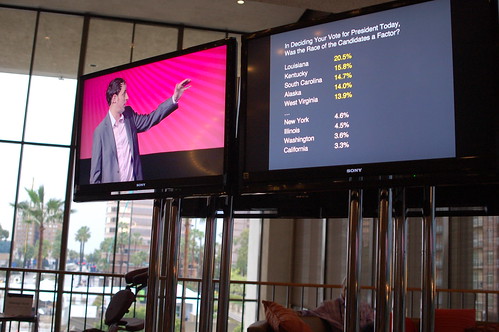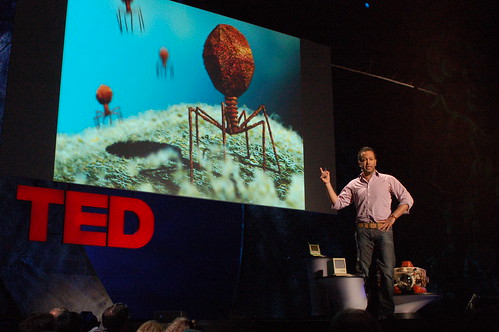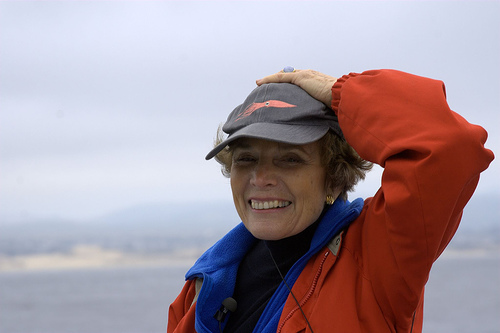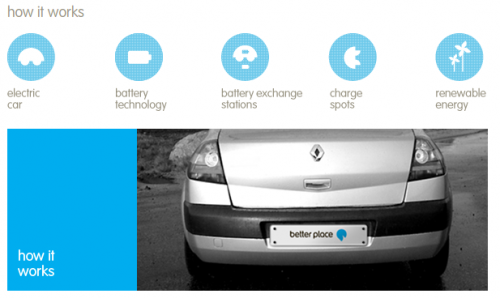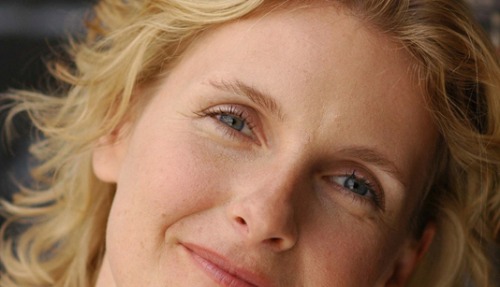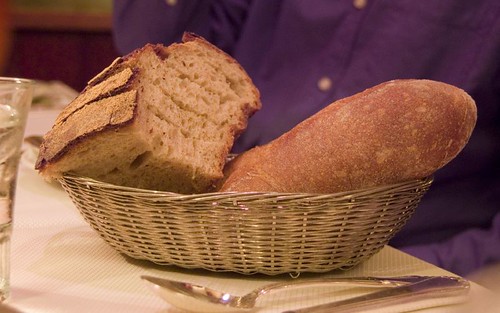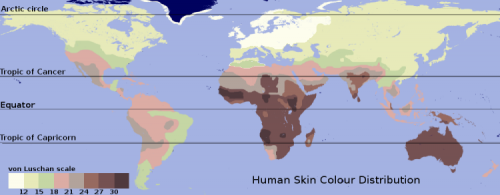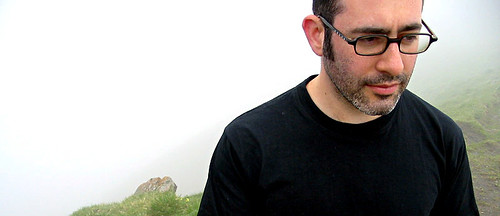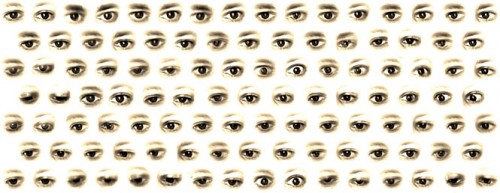A conversation on Twitter with Marshall Kirkpatrick of RWW about the top tech blogs to read in Africa made me realize that there is no great list to start from. Most of us just have them in our head, RSS feeds or blogrolls. Some of them don’t update frequently enough, and many of the range across topics, but all of them are useful if you are trying to figure out what is going on in technology around Africa.
Here is a list of African tech blogs that I follow. Hopefully it can be a resource, and a good place for everyone to start from when exploring the mobile, web and general tech space in Africa:
General Web and African Tech
AfriGadget – Stories of low-tech African ingenuity and innovation
Afromusing – Juliana’s insights and thoughts on alternative energy in Africa
Appfrica – Pan-African and Ugandan web and mobile tech developments
Bandwidth Blog – Charl Norman’s blog in South Africa
Bankelele – One of East Africa’s top business bloggers, also has great insights into the business side of African technology
Build Africa – Matt’s musings on technology in Africa
Charl van Niekerk – Always insightful post from one of South Africa’s great coders
Coda.co.za – One of Africa’s very best web designers
Dewberry – Shaun’s frenetic blog on general, and South African tech
My Hearts in Accra – More of generalist these days, but excellent analysis of African tech space by Ethan Zuckerman
Henry Addo – A perspective on tech from Henry in Ghana
Geek Rebel – Henk’s blog on entrepreneurship and technology
Matthew Buckland – From one of the pioneers, and big thinkers, in the South African media space
Mike Stopforth – Entrepreneur and South African social media nexus point
Nubian Cheetah – Thoughts and news on West African tech
Oluniyi David Ajao – Web coverage from Ghana
Open Source Africa – Just what the name describes… talking about open source development in Africa
Paul in Sierra Leone – hardware tech news from a very hard place to get news/info from
Startup Africa – Tracking mostly South African web startups
Startups Nigeria – Just what the title says
Stii – One of my favorite true coder blogs out of South Africa
Timbuktu Chronicles – A must-read covering pan-African technology, from web to mobile to hardware
Bits/Bytes – Coding thoughts by the unique and always hilarious “M” from Thinker’s Room.
Vincent Maher – Vincent’s excellent, fun and controversial blog on all things South African tech
Web Addict(s) – From the mind of Rafiq, opinionated coverage and thoughts on South African tech
African Mobile-focused Blogs
Epic Mobile – mobile phone tips and tricks from South Africa
Jopsa.org – (aka Mobiles in Malawi), thoughts by Josh Nesbit in Malawi
Kiwanja – Ken Banks on mobile usage and his FrontlineSMS app, much of it in Africa
Mobile Africa – A great resource for mobile news across Africa
Mobility Nigeria – track what’s happening in the Nigerian mobile phone space
Fring – the only tool/app on this list
5 Non-blog Tech Sites and Tools for Africa
Afrigator – the defacto blog tracking tool for African blogs
Amatomu – the South African blogosphere tracker
Mobile Active – Katrin does a good job of finding reports and stories about mobiles in Africa
Muti – mostly South African tech news and gossip, a reddit/digg for interesting African news/blog links
Videoreporter.nl – Ruud’s videos consistently have great tech stories
Akouaba – A French language blog tracker for West Africa
The, “If I missed it”…
I likely missed many blogs that should be on this list. Please add them to the comments below. I know I’ve missed quite a few Francophone and Arabic ones, so PLEASE add those especially.
Additions (aka, ones I missed):
Many Possibilities – Steve Song on open source in Africa
Africa 2.0 – A French language blog talking about all things new media in Africa
Subsaharska – Miquel, building a blogging tool for Africa (Maneno)
Arthur Devriendt – French blog on web tech in Africa
